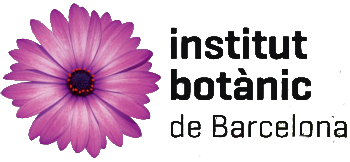Databases
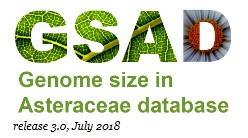
- Authors: Researchers of the EtnoBioFic Research Group, made up of experts from the Botany Laboratory of the UB Faculty of Pharmacy and Food Sciences (unit associated with the CSIC), the Barcelona Botanical Institute (IBB-CSIC-ICUB) and the University of Paris-Sur (CNRS-France).
- Content: The GSAD is an exhaustive catalogue of genome size data for the Asteraceae family. Genome sizes are now available for 1,555 species based on 4,350 records from 198 publications released until July 2018. The current update represents around 40% increase of data entries with respect to release 2. There are 337 species (21.67%) and 46 genera (19,83%) recorded for the first time. The main goal of the database is to serve as a tool aiming to make Asteraceae genome size information accessible to scientists interested in genome characterisation and evolution with basic (e.g. plant molecular systematics, NGS programs, evo-devo research) or applied (e.g. barcoding, breeding, races or raw material identification) focuses.
- References:
- Garnatje, T., Canela, M. A., Garcia, S., Hidalgo, O., Pellicer, J., Sánchez-Jiménez, I., Siljak-Yakovlev, S., Vitales, D. & Vallès, J. 2011. GSAD: A genome size in the Asteraceae database. Cytometry Part A 79: 401–404. Digital.CSIC
- Garcia, S., Leitch, I., Anadon-Rosell, A., Canela, M., Gálvez, F., Garnatje, T., Gras, A., Hidalgo, O., Jhonston, E., Mas de Xaxars, G., Pellicer, J., Siljak-Yakovlev, S., Vallès, J., Vitales, D. & Bennett, M. 2013. Recent updates and developments to plant genome size databases. Nucleic Acids Research 42(D1): D1159–D1166. Digital.CSIC
- Vitales, D., Fernández, P., Garnatje, T. & Garcia, S. 2019. Progress in the study of genome size evolution in Asteraceae: analysis of the last update. Database 2019: baz098. Digital.CSIC

- Authors: Researchers from the Botanical Institute of Barcelona (IBB) and the Institute of Biophysics of the Academy of Sciences of the Czech Republic.
- Content: The Plant rDNA database is an online resource providing information on numbers and positions of ribosomal DNA signals and their structures for 2,148 plant species (3,783 entries). The data have been obtained from 785 publications on plant molecular cytogenetics using mostly fluorescent in situ hybridisation (FISH) of the 5S and the 18S-5.8S-26S ribosomal RNA genes (rDNA). When available it also includes information on ploidy level, chromosome number, genome size and life cycle. This newly release also includes information on telomere sequences.
- References:
- Garcia, S., Garnatje, T. & Kovařík, A. 2012. Plant rDNA database: ribosomal DNA loci information goes online. Chromosoma 121(4): 389-394. Digital.CSIC
- Garcia, S., Galvez, F., Gras, A., Kova ik, A. & Garnatje, T. 2014. Plant rDNA database: update and new features. Database 2014: bau063. Digital.CSIC
- Garcia, S., Kovařík, A., Leitch, A. & Garnatje, T. 2017. Cytogenetic features of rRNA genes across land plants: analysis of the Plant rDNA database. The Plant Journal 89(5): 1020–1030. Digital.CSIC
- Vitales, D., D’Ambrosio, U., Gálvez, F., Kovařík, A. & Garcia, S. 2017. Third release of the plant rDNA database with updated content and information on telomere composition and sequenced plant genomes. Plant Systematics and Evolution 303(8): 1115–1121. Digital.CSIC
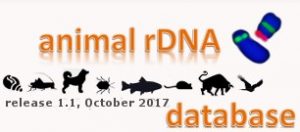
- Authors: Researchers from the Institute of Biophysics of the Academy of Sciences of the Czech Republic and the Botanical Institute of Barcelona (IBB).
- Content: Ribosomal DNA loci encoding ribosomal RNA genes (rDNA) are important components of chromosomes. They vary both in number and position. These can be characteristics of a species or a genus and used for comparative purposes. For example, studies in evolutionary biology, systematics or animal breeding. To make easily available this information we have constructed the animal rDNA database. The resource includes data for 1,343 animal species from 264 families. It provides information on number, position and structure of rDNA loci. When available, it also offers data on ploidy level, chromosome number or genome size. It is parallel to the plant rDNA database, providing the same information for plants.
- References:
- Sochorová, J., Garcia, S., Gálvez, F., Symonová, R. & Kovařík, A. 2017. Evolutionary trends in animal ribosomal DNA loci: introduction to a new online database. Chromosoma 127(1): 141–150. Digital.CSIC
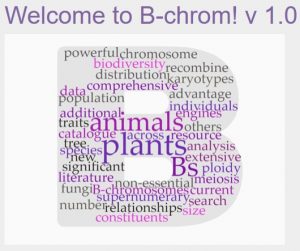
- Authors: Researchers from the Botanical Institute of Barcelona (IBB) and the Institute of Biophysics of the Academy of Sciences of the Czech Republic.
- Content: B chromosomes (Bs) are additional and non-essential constituents of karyotypes. Their most significant traits are that they may be present in some but not all individuals of a population and they fail to recombine with the A chromosomes during meiosis. Taking advantage of the current and powerful literature search engines we have constructed a new resource that includes extensive data on B chromosomes in plants, animals and fungi. This comprehensive and updated catalogue of species presenting Bs will contribute to the knowledge of these elements allowing the analysis of their distribution across the tree of life and their relationship with genome size, chromosome number and ploidy level, among others. The 5,755 entries have been obtained from 3,070 articles corresponding to 2,828 species.
- References:
- D’Ambrosio, U., Alonso-Lifante, M., Barros, K., Kovařík, A., Mas de Xaxars, G. & Garcia, S. 2017. B-chrom: a database on B-chromosomes of plants, animals and fungi. New Phytologist 216(3): 635–642. Digital.CSIC
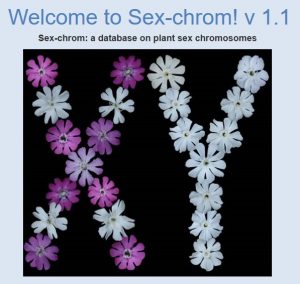
- Authors: Researchers from the Botanical Institute of Barcelona (IBB) and the Institute of Biophysics of the Academy of Sciences of the Czech Republic.
- Content: Most angiosperms are hermaphrodite, and only few have separate sexes, either in different flowers in the same individual (monoecy) or different flowers in distinct individuals (dioecy). Among dioecious plants some have environmental control of sex determination. Some others have genetic control of sex determination, but without cytologically differentiated sex chromosomes and a minority do have sex chromosomes. Conversely, in animals, separate sexes and heteromorphic chromosomes, are common. Plants possessing sex chromosomes give us an interesting insight into the evolution of sex chromosomes through the species, because they are evolutionarily young as compared with those of animals. In this database you can search for information regarding plant sex chromosomes in an easily-accessible way. Besides general information about sex chromosomes, such as their type and morphology, the database contains advanced information about the genetic elements present on sex chromosomes and contributing to the sex determination and evolution of this phenomena. These data regarding 178 species from 84 genus and 65 families has been extracted from 431 articles published between 1919 and 2020.
- References:
- Baránková, S., Pascual‐Díaz, J., Sultana, N., Alonso‐Lifante, M., Balant, M., Barros, K., D’Ambrosio, U., Malinská, H., Peska, V., Pérez, I., Kovařík, A., Vyskot, B., Janoušeket, B. & Garcia, S. 2020. Sex‐chrom, a database on plant sex chromosomes. New Phytologist. Available here
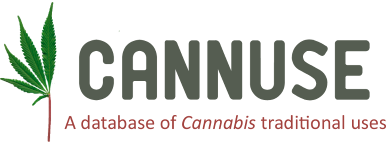
- Authors: Researchers from the EtnoBioFiC group (Botanic Institute of Barcelona (IBB) and Universitat of Barcelona (UB)).
- Content: The CANNUSE database provides an organized information source for scientists and general public interested in different aspects of Cannabis use. It contains over 2300 entries from 649 publications related to medicinal, alimentary, fibre and other uses from different geographical areas and cultures around the world. We believe this database will serve as a starting point for new research and development strategies based on the traditional knowledge.
- References:
- Balant, M., Gras, A., Gálvez, F., Garnatje, T., Vallès, J. & Vitales, D. 2021. CANNUSE, a database of traditional Cannabis uses – an opportunity for new research. Database 2021, baab024. Digital.CSIC
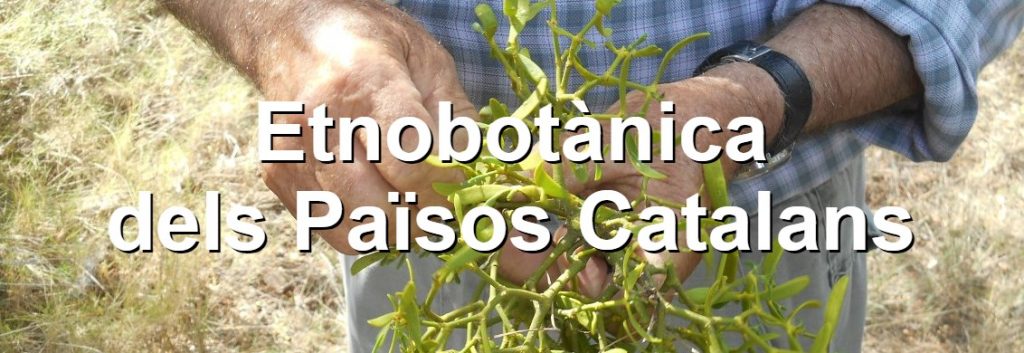
- Authors: Researchers from the EtnoBioFiC group (Botanic Institute of Barcelona (IBB) and Universitat of Barcelona (UB)) and Institut d’Estudis Catalans (IEC).
- Content: The Etnobotànica dels Països Catalans website seeks to host popular knowledge about the plant names and their uses (medicinal, food and others) collected in Catalan-speaking territories, with the aim of preserving this heritage and making it available to the society that this knowledge comes from. The data has been organized into six large categories: popular names, medicinal uses, food uses, harmful or toxic effects, other uses and other observations. And, at the time of opening, the website contains about 80,000 entries with plant names and 55,000 with medicinal uses that come from more than 1,300 interviews with almost 2,000 informants.

